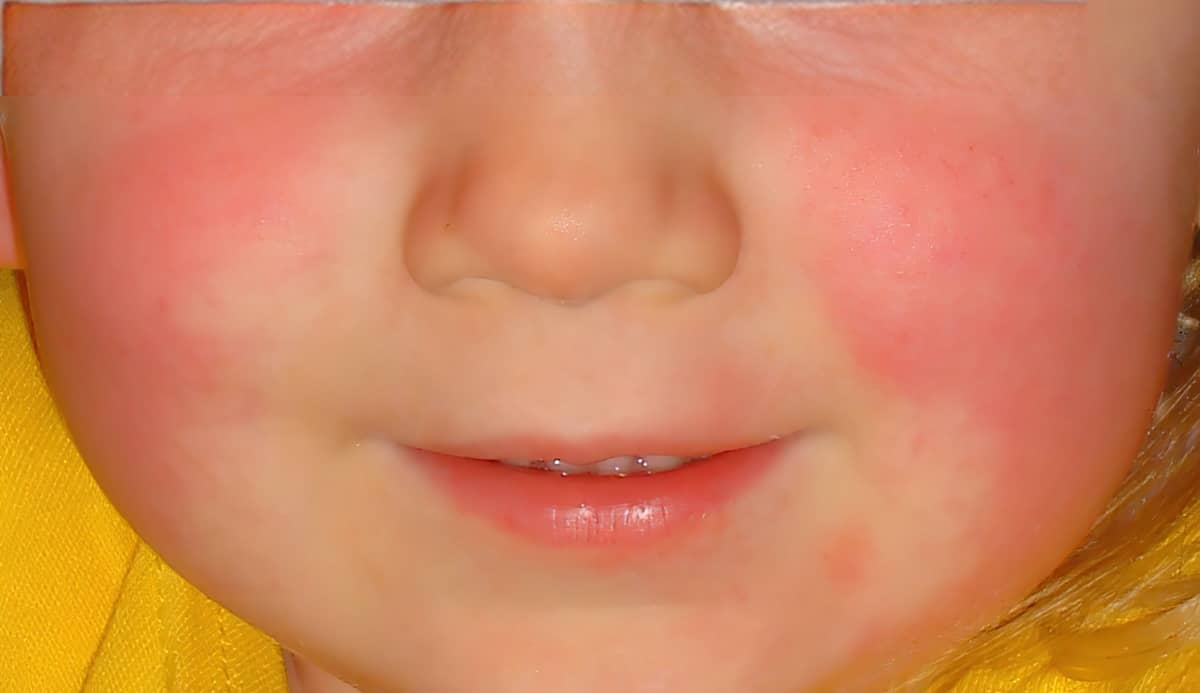The Isle of Wight has the highest number of scarlet fever cases in England and Wales.
Latest data from the UK Health and Security Agency (UKHSA) shows in the week ending 4th December, the Island had 32 cases of scarlet fever, which had risen from 22 the week before.
The number of cases has quadrupled in the last two weeks, when in the week ending 20th November, there were only eight recorded cases.
First case in October
The first case of scarlet fever recorded on the Island dates back to the week ending 9th October.
Each case is required to be reported to the UKHSA and is then publicised in their weekly notifications of infectious diseases.
A rise in England and Wales
In England and Wales, as of Sunday (4th December), there were 1,131 cases which had risen from 861 the week before.
While there are no confirmed cases of the invasive Group A streptococcus — also known as iGAS — on the Island, there are four unconfirmed streptococcal infections.
Bryant: Not laboratory confirmed
The Island’s director of public health, Simon Bryant, said the figures are not comparable across the country.
He said,
“While the Island’s figures appear to be the highest at a unitary authority level, these are suspected cases of scarlet fever and not laboratory confirmed and reflect medical practitioner reporting of cases.”
Highest level among all the unitary and local authorities
The Island has the highest level of Scarlet Fever cases among all the unitary and local authorities in England and Wales — with 2.8 per cent of the cases.
In Southampton, there are nine reported cases of Scarlet Fever, whereas Portsmouth has two.
Hampshire and all of its districts had 29 cases.
In the South East region of England, there are 189 Scarlet Fever cases compared to only three in the South West and 134 in Wales.
Remain vigilant
In guidance yesterday, Mr Bryant urged parents to remain vigilant to the signs of children becoming seriously unwell.
The rash of scarlet fever often begins with small spots on the body that then spread to the neck, arms and legs. It is often ‘sand-paper’ like to touch but is not itchy.
Your child may also have a:
- sore throat/tonsillitis;
- fever (temperature of 38°C (100.4°F) or above);
- painful, swollen glands in the neck;
- a red tongue (strawberry tongue).
Call your GP or NHS 111
If a parent or carer suspects scarlet fever or invasive group A streptococcal infection, they should call their GP or NHS 111 as prompt treatment with antibiotics can prevent serious illness and stop the spread of infection.
This article is from the BBC’s LDRS (Local Democracy Reporter Service) scheme, which News OnTheWight is taking part in. Some alterations and additions may have been made by OnTheWight. Ed





